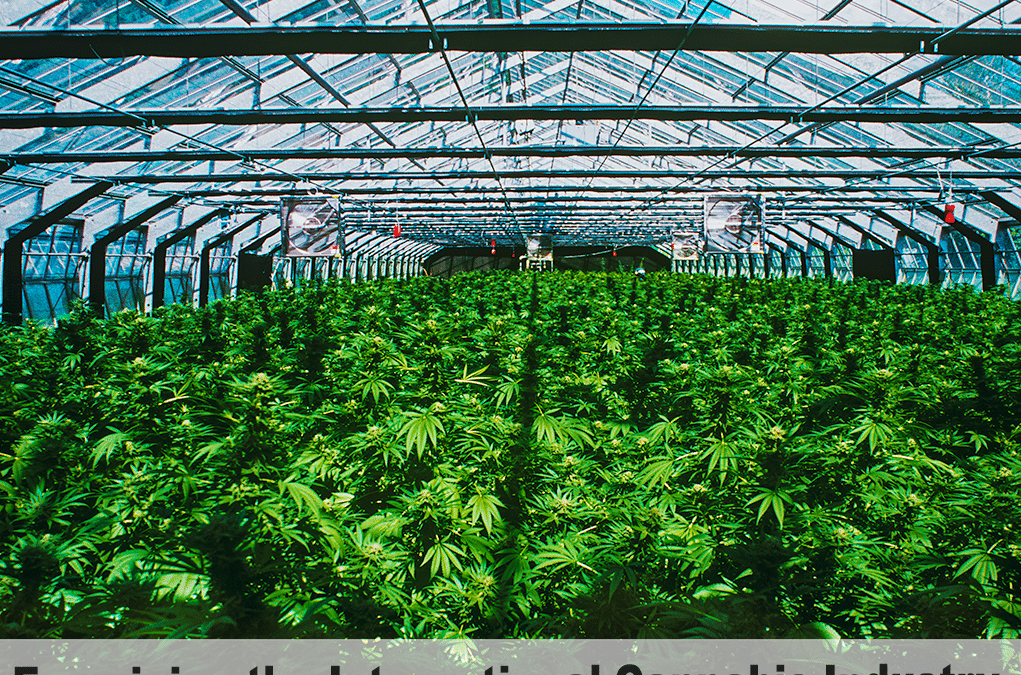
The Evolution of the International Cannabis Industry
Podcast: Play in new window | Embed
Subscribe: Google Podcasts | Spotify | iHeartRadio | Stitcher | Email | TuneIn | RSS

Podcast: Play in new window | Embed
Subscribe: Google Podcasts | Spotify | iHeartRadio | Stitcher | Email | TuneIn | RSS
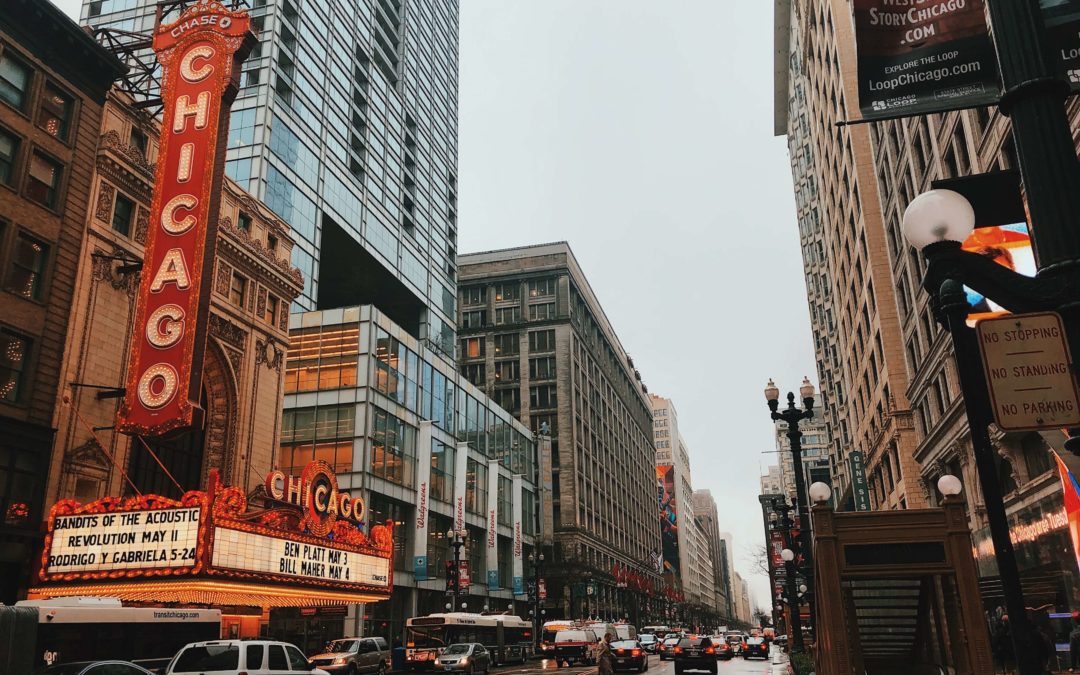
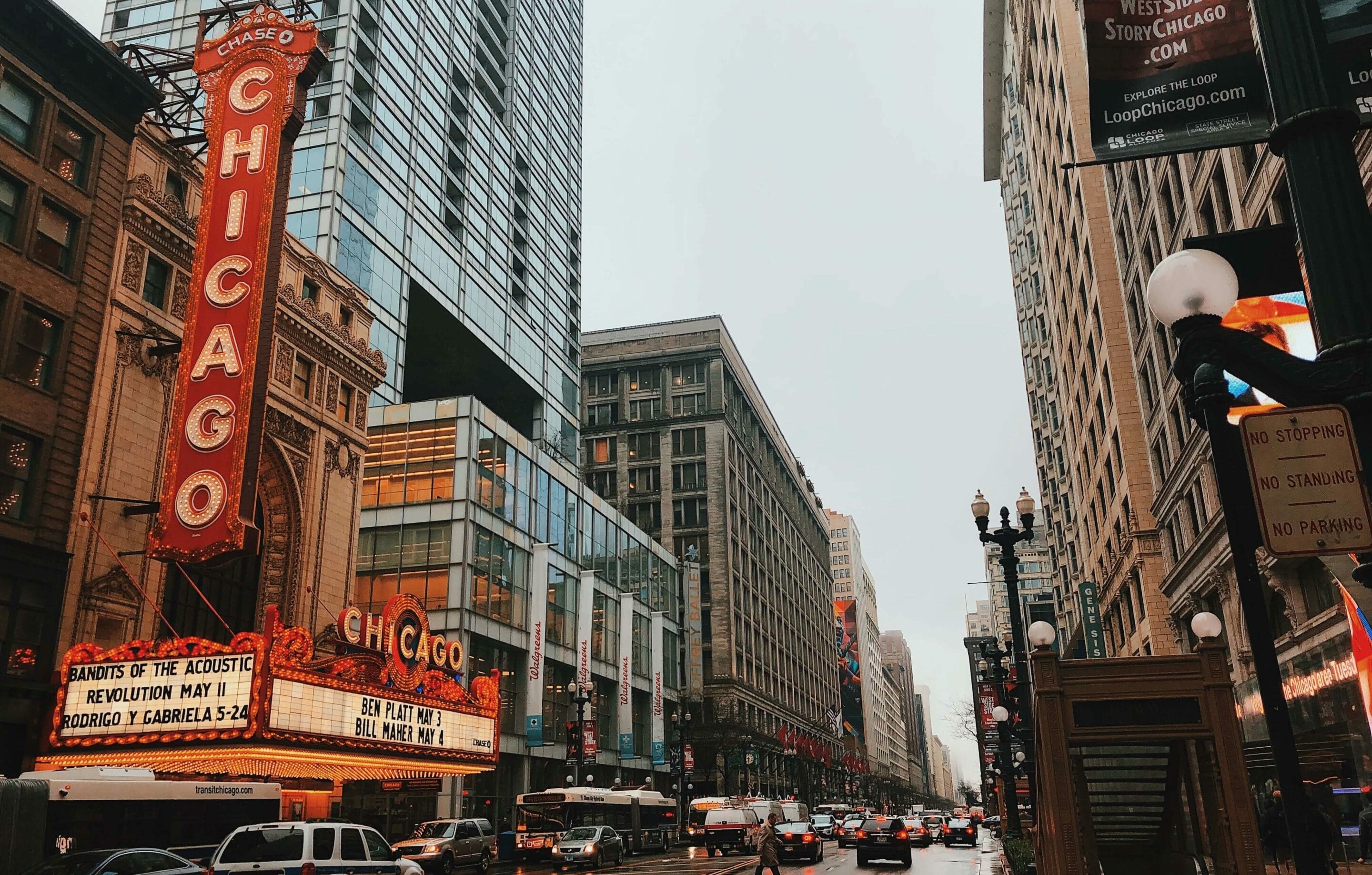
In June, Illinois became the first state in history to legalize the recreational possession and sale of cannabis entirely through the legislative process, whereas every other state has legalized through state-wide ballots. They also took a huge step in expunging the criminal records of nearly 800,000 residents in the state who possessed or purchased up to 30 grams of cannabis and were prosecuted.
With the state set to begin adult recreational sales in January 2020, all seems well and good. That is until you look a little closer at the legislation.
Some states choose to be very lax with their regulations, like Oklahoma or Oregon. Both states have booming cannabis economies with Oklahoma’s in particular taking off faster than any other medical industry in the country. But both states are also facing serious over-supply issues.
Oregon has already taken the brunt of the surge, with so much more cannabis in the state than its residents consume that they had to pass a law permitting cross-border sales of cannabis to try to get rid of the excess. Oklahoma is following a similar path, with over 4,000 licensed growers and only 1,400 dispensaries for a state that is highly interested in cannabis. On top of that, there is roughly one dispensary for every 70 Oklahomans, which is not ideal for continued business traffic.
To avoid making the same mistakes, Illinois put a cap on how many dispensaries are allowed to open in order avoid cities filling up with pot shops too quickly. However at the end of 2019, the state only has 113 permitted dispensaries for recreational sales. Remember how Oklahoma had a dispensary for every 70 people? Illinois hardly has one for every 100,000.
It’s fair to say that Illinois’ cannabis legalization intentions were pure enough. The purpose of the dispensary cap is to prevent chains from taking over. The legislation limits chains to no more than 10 locations in the state, and limits the entire state to only 500 dispensaries, total.
That may sound like a lot of dispensaries, but 500 dispensaries is just enough for every 200 people to have a shop to visit. Additionally, the state won’t be adding any new dispensary licenses until May 2020, leaving four months of extremely limited supply. Even then, the state is only issuing 75 more licenses, leaving less than 200 dispensaries by the end of May at the earliest.
Also being a more conservative state, it is expected that a good bit of Oklahoma jurisdictions will ban retail dispensaries altogether, and a lot of people are concerned that the efforts to keep big business out will result in even more solicitation of private market cannabis.
Recreational cannabis sales are set to begin in less than 2 months in Illinois. With a little more 100 dispensaries to serve the entire state on January 1, it’s going be very difficult to get everyone taken care of for some time. But the Illinois cannabis industry doesn’t appear to be in a rush.
To put it all in perspective, by the end of 2020 Illinois is only projected to have about one tenth of the amount of dispensaries as Oregon has, with the maximum allowance of the legislation only being equivalent to one quarter of the Oregon cannabis industry when the Illinois cannabis industry is fully up and running in what will most likely be a few years.
This might not be a bad thing for Illinois though. Being a more conservative state outside of Chicago, demand for cannabis likely won’t be as high as other states that have legalized. Also with homegrowing allowed under the new law, residents that can’t find a nearby dispensary will either not participate in the industry, or start growing their own.
While the latter could lead to a rise in private market distribution, it isn’t very likely due to what most are projecting will be low demand outside major metropolitan areas, where dispensaries are most concentrated. This is why the industry hasn’t sparked a lot of interest nationally. A lot of people aren’t expecting any big developments for at least two years, and even then the Illinois cannabis industry will still be a small player compared to other states that have legalized cannabis.
Illinois cannabis legalization is a great thing for the state and the country. They may be moving more slowly than other states, but they may also just be more cautious and hoping to avoid the mistakes made by Oregon or California. Unfortunately it’s much too soon to say how the Illinois industry will perform, but usually where there is legal weed, there is prosperity.
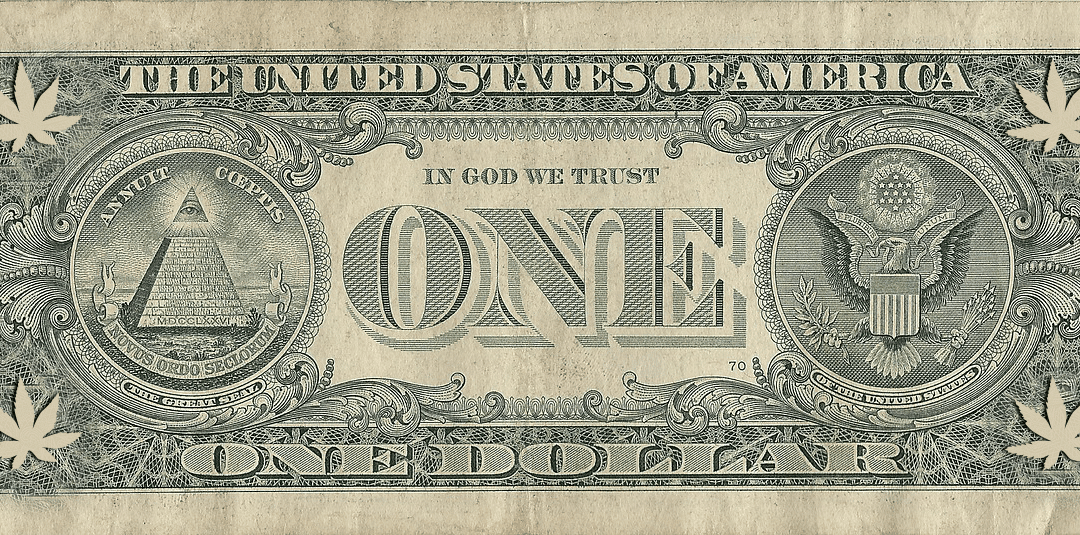
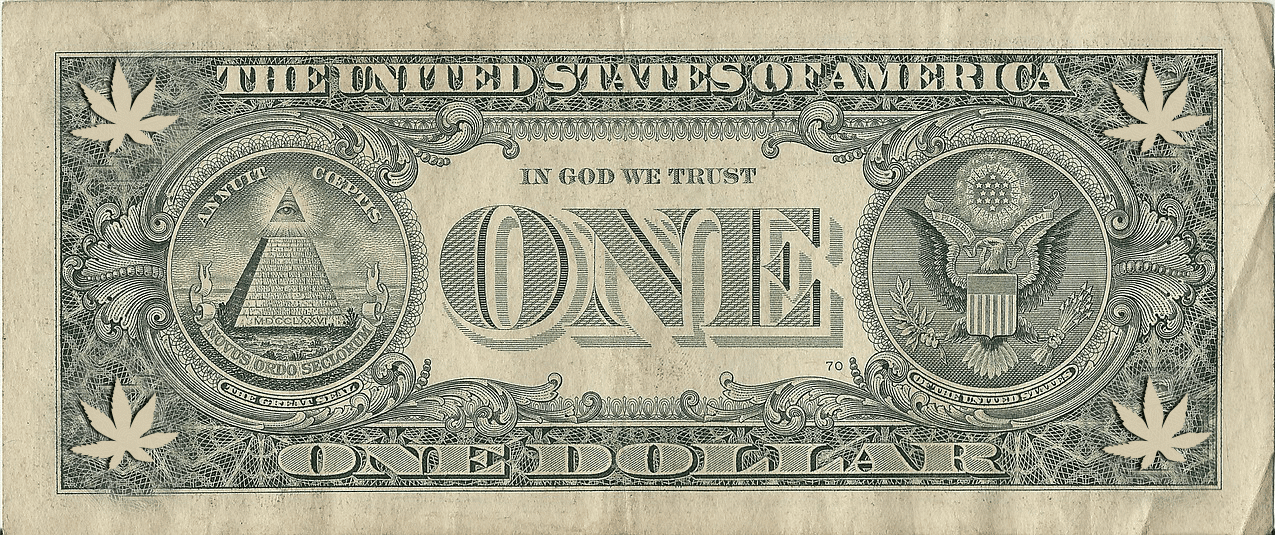
This makes it no surprise that as the industry grows and more regulation and legislation is introduced, a lot of older cannabis industry and community members aren’t too happy. But there’s a harsh reality that we all need to face if this industry is going to grow into a federally regulated industry.
America is capitalist. It’s a free market.
The cannabis industry was partially built on advocacy, but also greed and capitalistic intent. If growers in California didn’t push themselves to grow more and more, bigger and better cannabis every year to make more money and beat the competition, we wouldn’t have the massive variety of strains and cultivars.
And you can bet your ass that some people have gotten rich as hell off cannabis, with more and more rich getting involved like celebrities, bringing more money and investment into the industry.
When the medical industry first began in Colorado, it was a small community with mom and pop dispensaries. But as recreational came into the state, so did bigger investments, resulting in dispensary chains that knocked plenty of small dispensaries out of business. It’s clear why small business doesn’t like big business, and the cannabis industry was built on small businesses, husband and wife operations, small groups of friends building something together.
States like Colorado and California have had several years to develop their medical and recreational cannabis industries. This means that both states are also filled with highly experienced cannabis industry entrepreneurs, ready to expand.
When a state like Oklahoma legalizes medical cannabis in 2018 with legislation that actively encourages out of state entrepreneurs to get involved, people are going to hop on the opportunity. And in Oklahoma, they definitely did.
Growers, processors, dispensary owners all flocked to Oklahoma to rent their home for 30 days in order to gain residency thanks to Oklahoma’s welcoming cannabis regulations. After they got residency, it was easy to apply and get started in the medical cannabis industry in the state. After August 2019, if you want to move to Oklahoma and start a business, you must live there for two full years before you can get residency now. In other words, if you didn’t get in before August, you’ll be two years behind.
This made a lot of industry entrepreneurs happy, but pissed off a lot of Oklahoma locals hoping to have their own local industry that now have to share it with Californians, Coloradans, Oregonians and others that left their saturated markets to start fresh in Oklahoma.
Capitalism has always been a double edged sword in America, which is probably why there’s so much debate around whether or not we need a new system. It promotes innovation and progress at the cost of leaving behind those that can’t compete.
Those that were once competitors that had to shut down or move shop because someone bigger or better came in, that sucks. But welcome to America. That’s capitalism, and that is what happens when capitalism and cannabis intersect.
The reality is that with a nation-wide legal cannabis industry that we want to someday achieve (even though there are plenty who don’t want that), big business is going to inevitably get involved, and small businesses will be pushed out if they can’t evolve, adapt and compete. Get an insider’s perspective on capitalism in cannabis from two long time cannabis advocates and growers, Chip Baker and Jeff from Little Hill Cultivators on The Real Dirt Podcast!

Podcast: Play in new window | Embed
Subscribe: Google Podcasts | Spotify | iHeartRadio | Stitcher | Email | TuneIn | RSS

I had just sold Royal Gold, my first soil company. I was in the planning stages for Grower Soil, but still had a lot of free time. As a serial entrepreneur, I couldn’t just hang out, I had to do something.
I asked my friends Hollis and Michael for ideas, and they brought up the concept of hosting a cannabis podcast. All I had to do was try and talk about cannabis for about an hour. Like I even had to try.
In early 2016, I had no idea how to host a podcast. I didn’t have any of the gear. So I did what anybody would do and went to Google and YouTube. I found the best gear everybody was using, and it turned out to be pretty basic. Once I had the gear, I had to test it out.
While the first recordings I ever made are lost to time, my first real attempt at making a podcast would end up being released as Tony Don’t Smoke OG. I brought my gear over to my friend Tony’s house, and just started having a conversation with Tony over a joint.
As other friends would swing by, we would rope them into the smoke circle and ask them some questions. None of them ever reached a full episode’s length, but it was the beginning of The Real Dirt.
Once the end of 2016 rolled around, I had gotten a little more organized, built out a makeshift studio to dampen the outside noises and released the first episode with Christian Sederberg. It was a blast. We talked about the cannabis laws in Colorado, business compliance, and getting stoned.
It was the beginning of an incredible journey. Over the next couple years I would toke up with some of the biggest names in the industry from the team at Vicente Sederberg, Fletcher Watson of Archive Seed Bank and Mr Soul of Brothers Grimm Seeds, to the founders of Heavy 16 and Botanicare, and the creator of Green Dot Labs, Dave Malone.
Now it’s 2019, and from new episodes to re-releases, The Real Dirt has put out over 70 episodes. I know it ain’t a 3 hours episode every day like Joe Rogan and the other big guys, but that’s what makes The Real Dirt unique.
There’s a lot coming down the pipeline for The Real Dirt, so don’t start getting sad that it might be over, ‘cus it isn’t. The Real Dirt has been in the same studio, which has been in the basement of my house in Denver, since the beginning. But Denver ain’t the only cannabis hub anymore.
Oklahoma’s medical cannabis market is about to explode, and I’m diving into it head-first. I got a new Cultivate shop opening in OKC, plus a bunch of other businesses in the works that I can’t wait to start talking about on the podcast. But of course that’s not all that’s new.
There will be a new Real Dirt studio soon, and I’ll be having more awesome guests on from all over the country. From growing it, to building a business around it, to financing it and staying ahead of the competition, The Real Dirt is going to keep bringing a wide range of expert guests from all realms of the cannabis industry.
From California to Maryland, up and down the coasts and everywhere in between, The Real Dirt will continue to bring you the latest industry news, trends and classic smoke stories. Whether you’re in the grow, driving home or just lounging with a joint, The Real Dirt has an episode for you.
Podcast: Play in new window | Embed
Subscribe: Google Podcasts | Spotify | iHeartRadio | Stitcher | Email | TuneIn | RSS
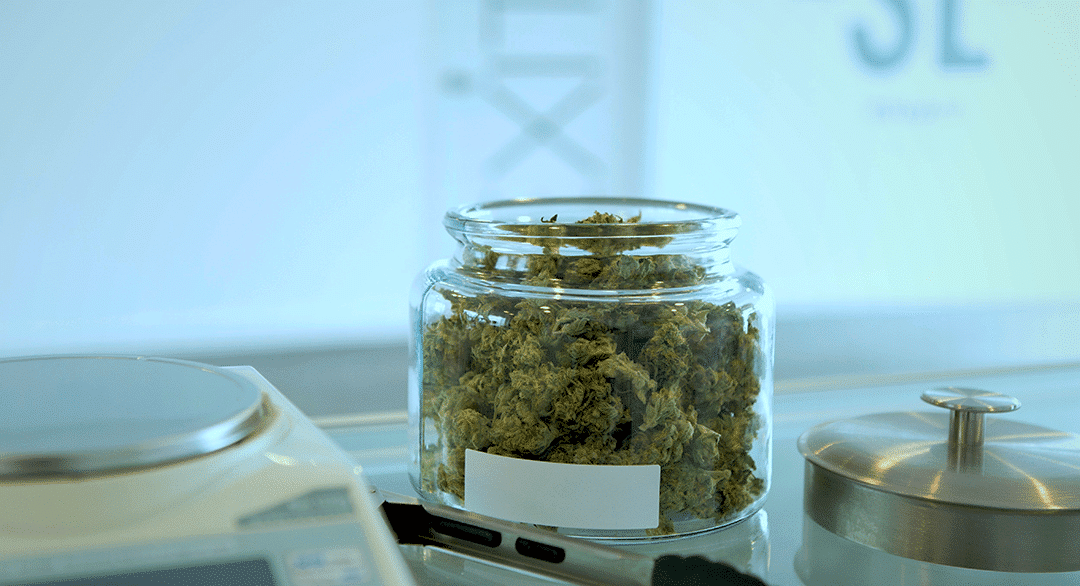
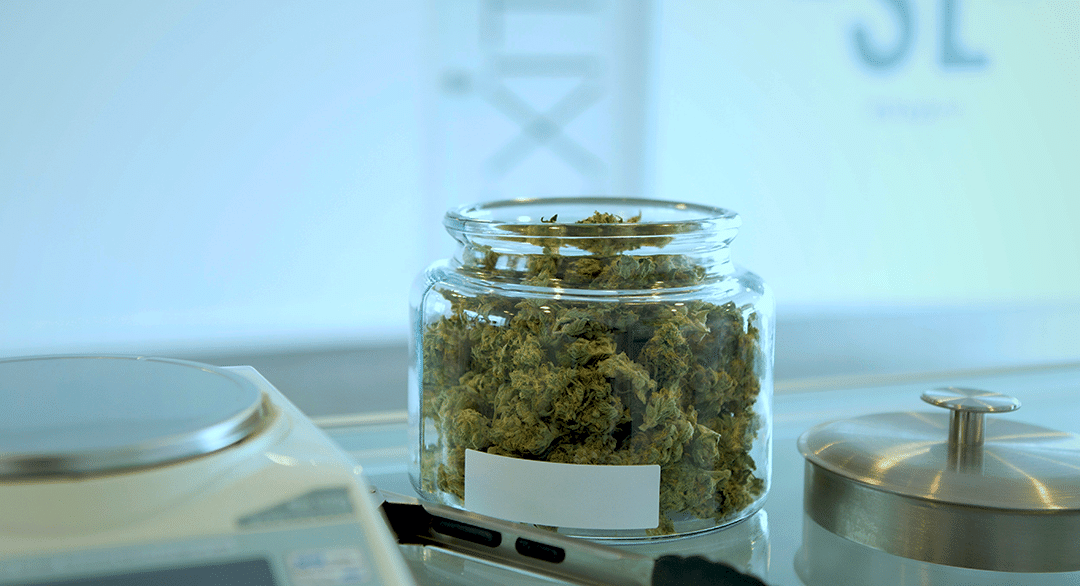
The cannabis industry isn’t showing any signs of slowing down. Several states have legalized cannabis for medical or recreational use just this year, and it’s only May. With legalization comes a brand new industry, with a completely different infrastructure, and a unique product at its core.
One of the most popular and essential jobs of any cannabis industry is that of the cannabis dispensary budtender. If you don’t know what I’m talking about, think of the name literally. Tenders of bud, or cannabis products.
This article is going to focus on the budtender dispensary jobs specifically, but there are other dispensary jobs outside of budtending.
You can also become a grower for a dispensary and manage a dispensary, among other opportunities. Remember that if you are in a medical marijuana state, you will need some type of certification and medical licensing prior to applying for dispensary jobs to even be considered in most cases.
When it comes to budtending specifically, we have some tips for being prepared for the job, and doing the job better once you’re hired.
The first thing to know about budtending dispensary jobs, is that being a recreational budtender and medical budtender are two different things. As a recreational budtender, you can think of yourself as a sommelier of cannabis. As a medical budtender, you are helping patients with potentially serious health conditions find the right medicine for them.
It can be hard to take this difference seriously as in most cases, other than different regulatory requirements, medical and recreational cannabis is identical. However, while there is still a separation between the two, there is also a difference in experience required.
To save us all from more redundancies, apply the following advice to a more extreme extent for medical cannabis dispensary jobs. The most important being to know your shit.
Any inexperienced wine drinker will find it more difficult to tell the difference between a red wine from Northern California, and a red wine from Georgia. But an experienced wine drinker or sommelier can notice the intricate differences in smells, flavors and even effects that different wines have.
Cannabis is no different. Even more so, compared to wine, cannabis has been more genetically modified and tampered with by humans than wine ever has, despite wine’s higher popularity throughout history. This means there’s a good chance that the dispensary you’re applying to could have more than a dozen different cannabis strains on their shelves, if not more, all with unique profiles.
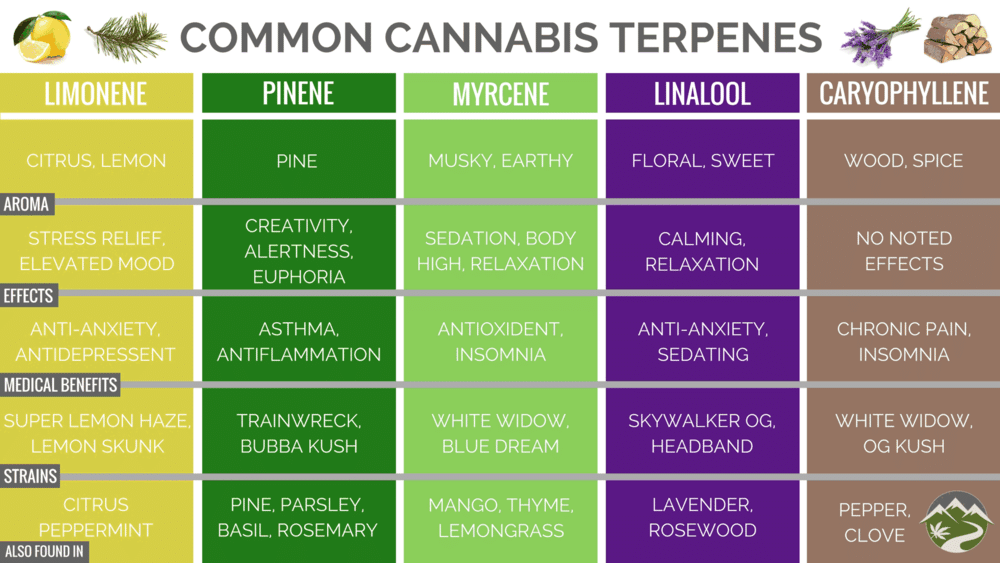
A table of the most common terpenes found in cannabis and their effects. Photo by Pot Guide.
The smells, flavors and effects of each cannabis strain are different, and knowing these differences will help you get the best product in the customer’s hand. Now, we all know what they say about assuming, but it’s pretty safe to assume that if you’re applying to work at a cannabis dispensary, you probably consume cannabis yourself.
What I’m saying is, you have experience consuming cannabis to the point you think you can suggest to other people the best strains for them. But it’s another level of dedication to consistently pay attention to the cannabis you are consuming and noting its terpene profile, and how it affects you. To be an effective budtender, you need a similar understanding of the cannabis you are selling.
When it comes to cannabinoids, you will have some customers that just want the highest THC content possible. More experienced consumers may want something with more CBD, or even CBG and CBN among other cannabinoids. Depending on your state, there might be labels already on the cannabis that tells you its cannabinoid content, but in a lot of cases there won’t be. If this labelling isn’t a requirement in your market, you most likely don’t need to worry about it as much.
As mentioned above, a lot of new cannabis consumers will come into a cannabis dispensary and look for whatever strain has the highest THC content because it’s the only cannabinoid they know. For most of our lives we have been led to believe that THC is everything, but as an experienced budtender and cannabis connoisseur, you know that’s not the case.
Think about that one time you had a waiter at a restaurant that just blew you away. They were polite, knew the menu like the back of their hand, and helped your whole table decide on what to order just by having a conversation. That waiter helped guide you to your own decision, with some suggestions (based on his assumed experience) to get you there. Budtending is no different.
You should never just be standing there waiting for the customer decide on what they want, especially if you can tell they aren’t sure. Ask if they like specific smells, flavors and effects. Through your knowledge, guide your customers to an educated decision, that you can both feel confident in.
Not only does this make the customer more likely to come back to the dispensary, it makes you more likely to excel in your position. With experience, knowledge and commitment, you can excel in a budtending job at any cannabis dispensary. After some time working in a dispensary, you could eventually decide that you want to transition into the grow.
We’ll dive into getting those dispensary grow jobs in the next article.